< 1995 - 1990 / Work by Image < Work by Title < The Greyhound Series - [Exposition]
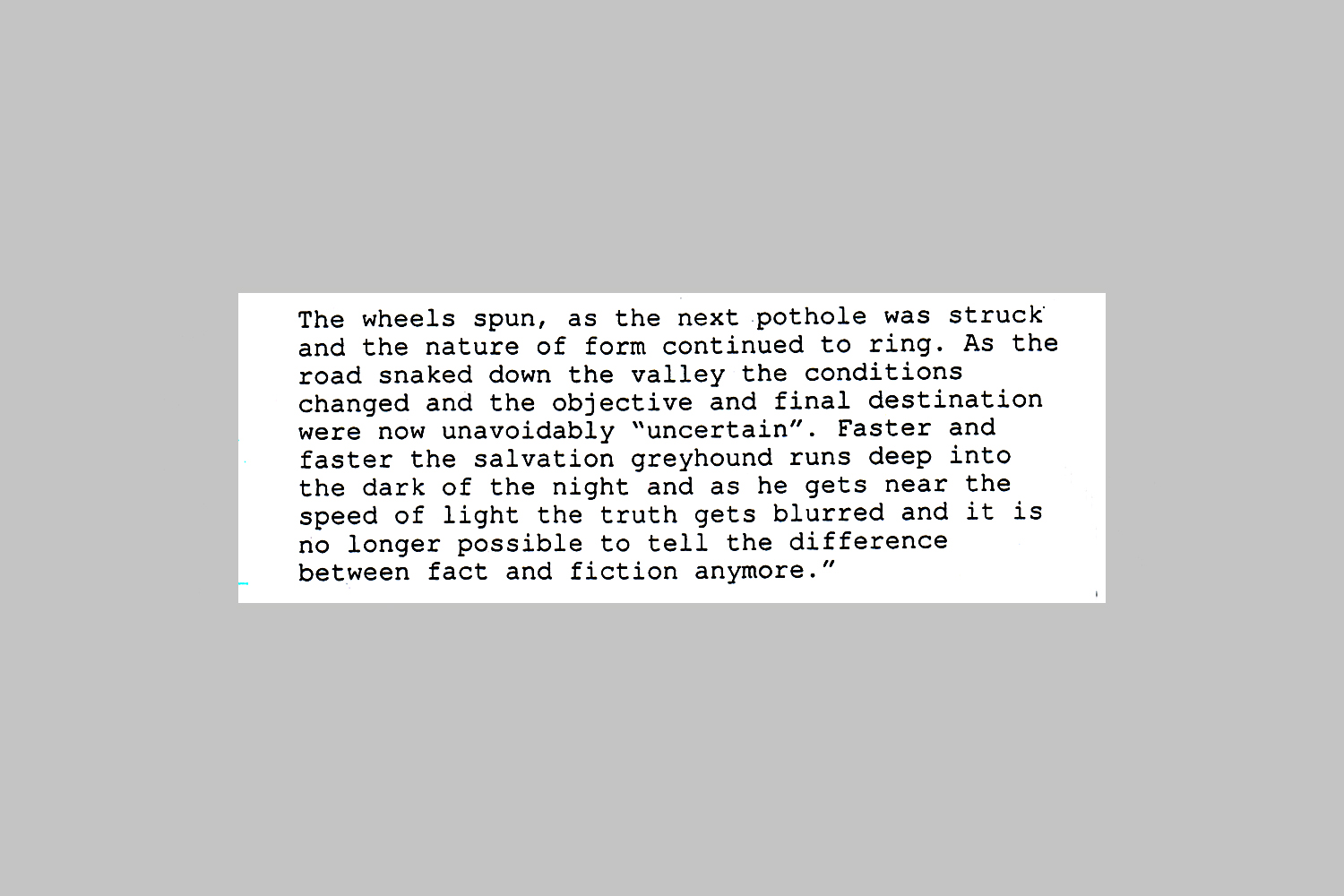
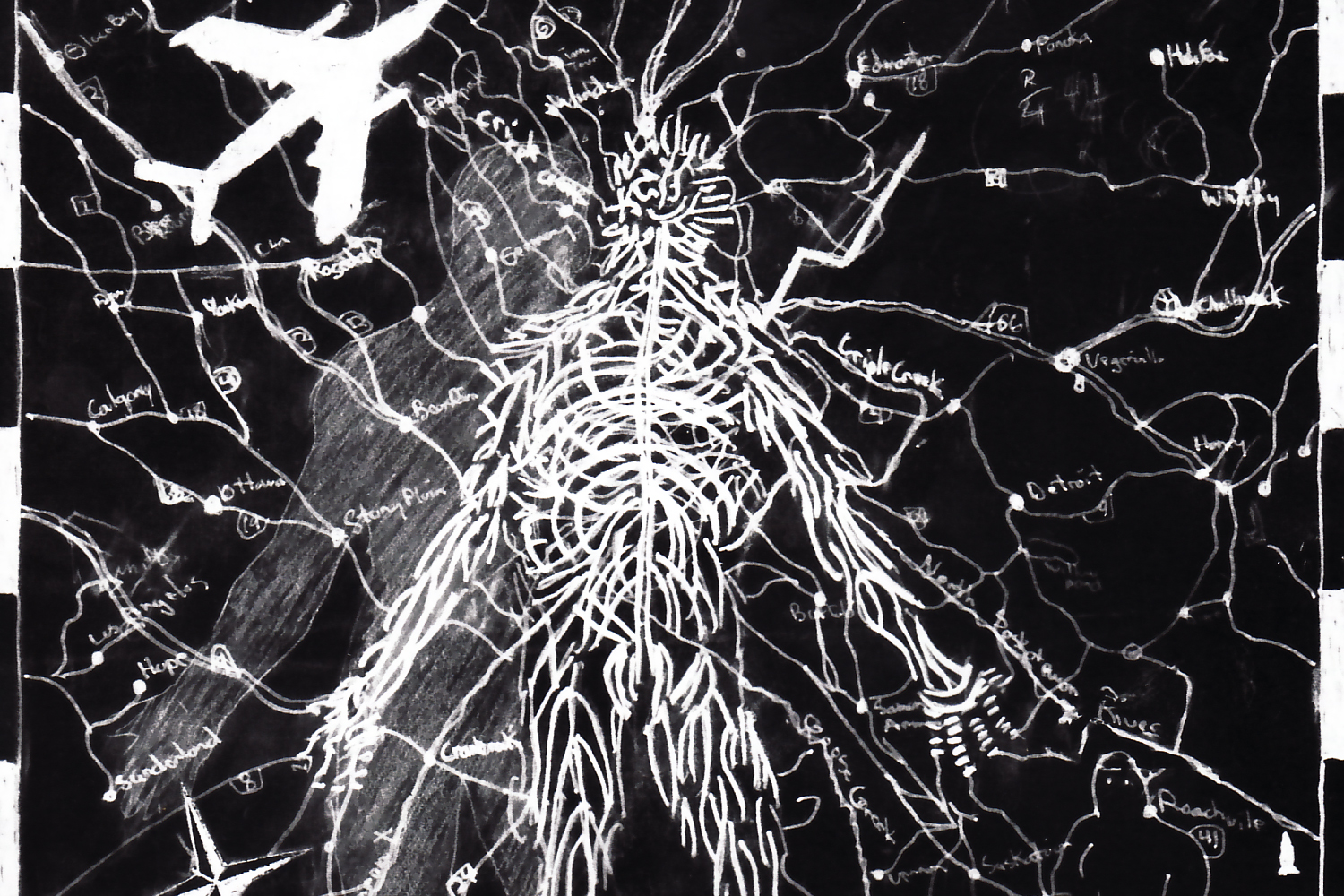
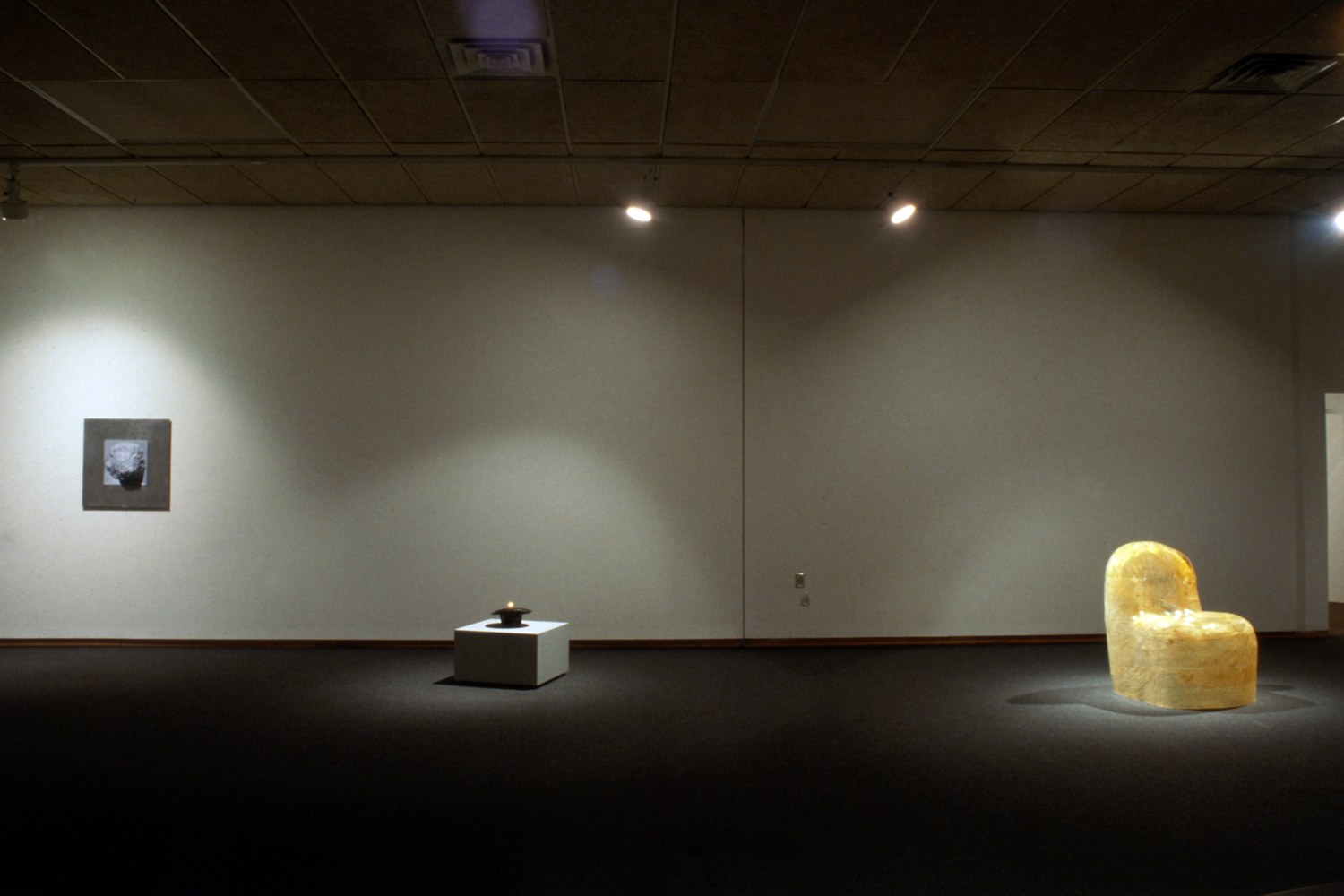
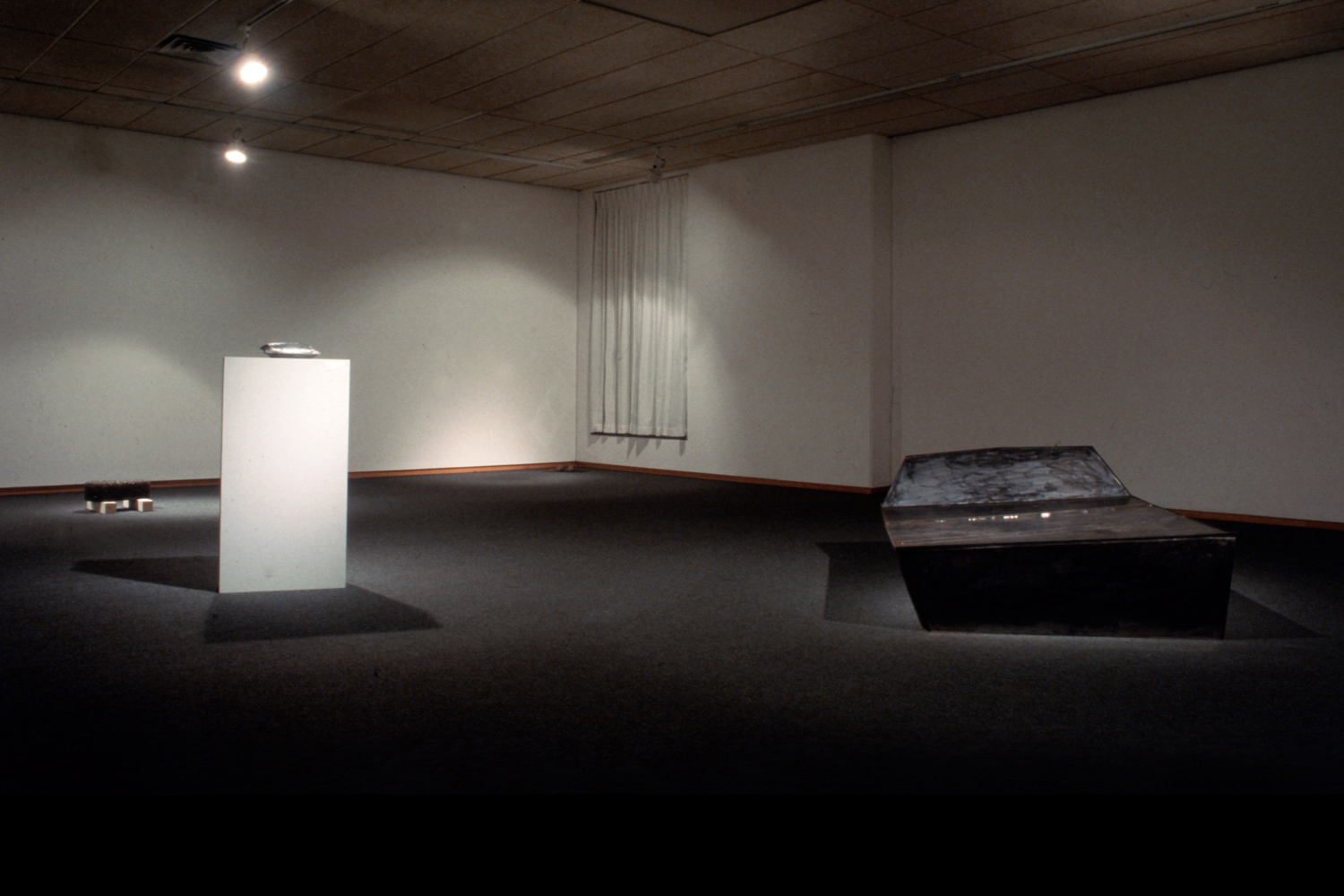
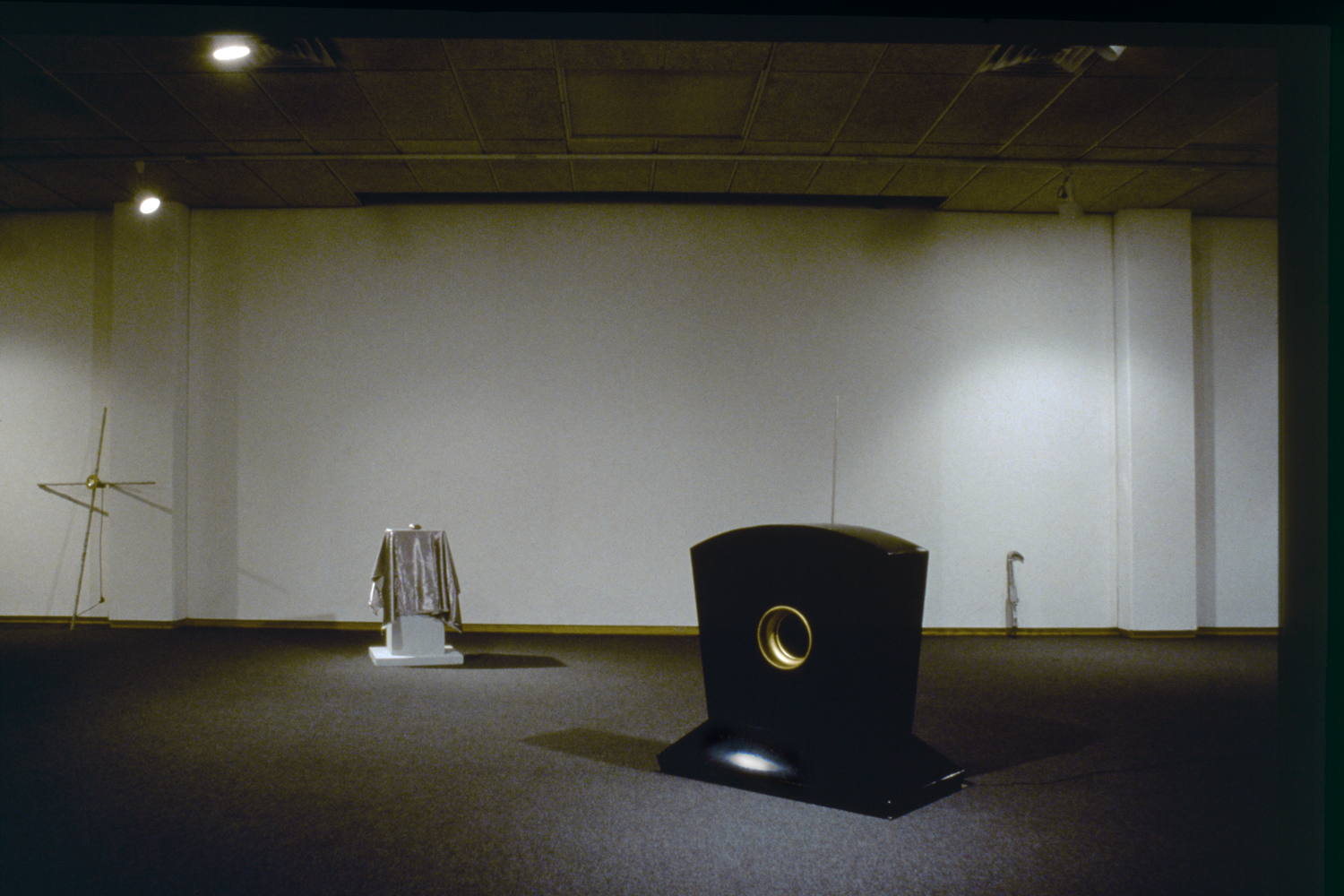
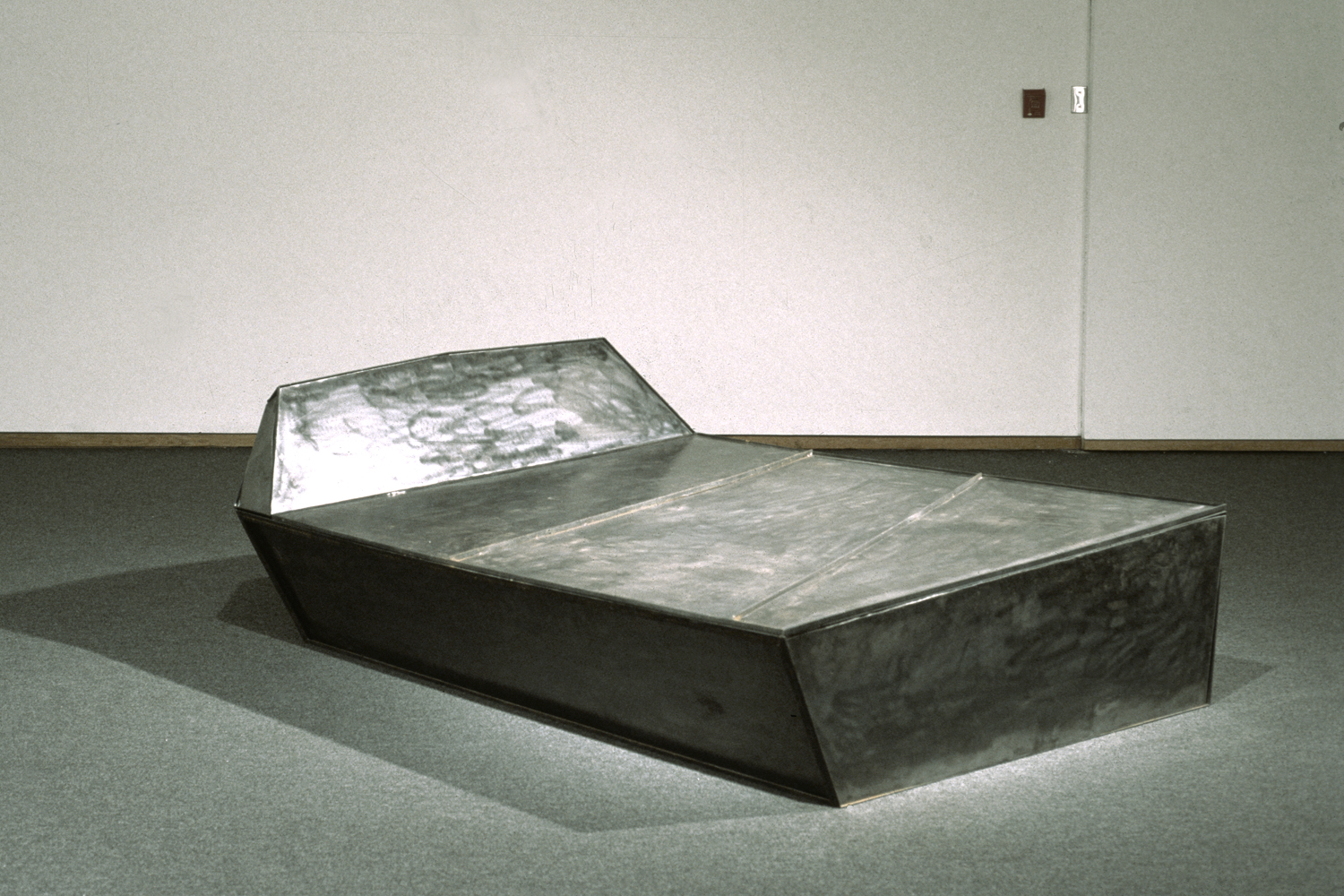
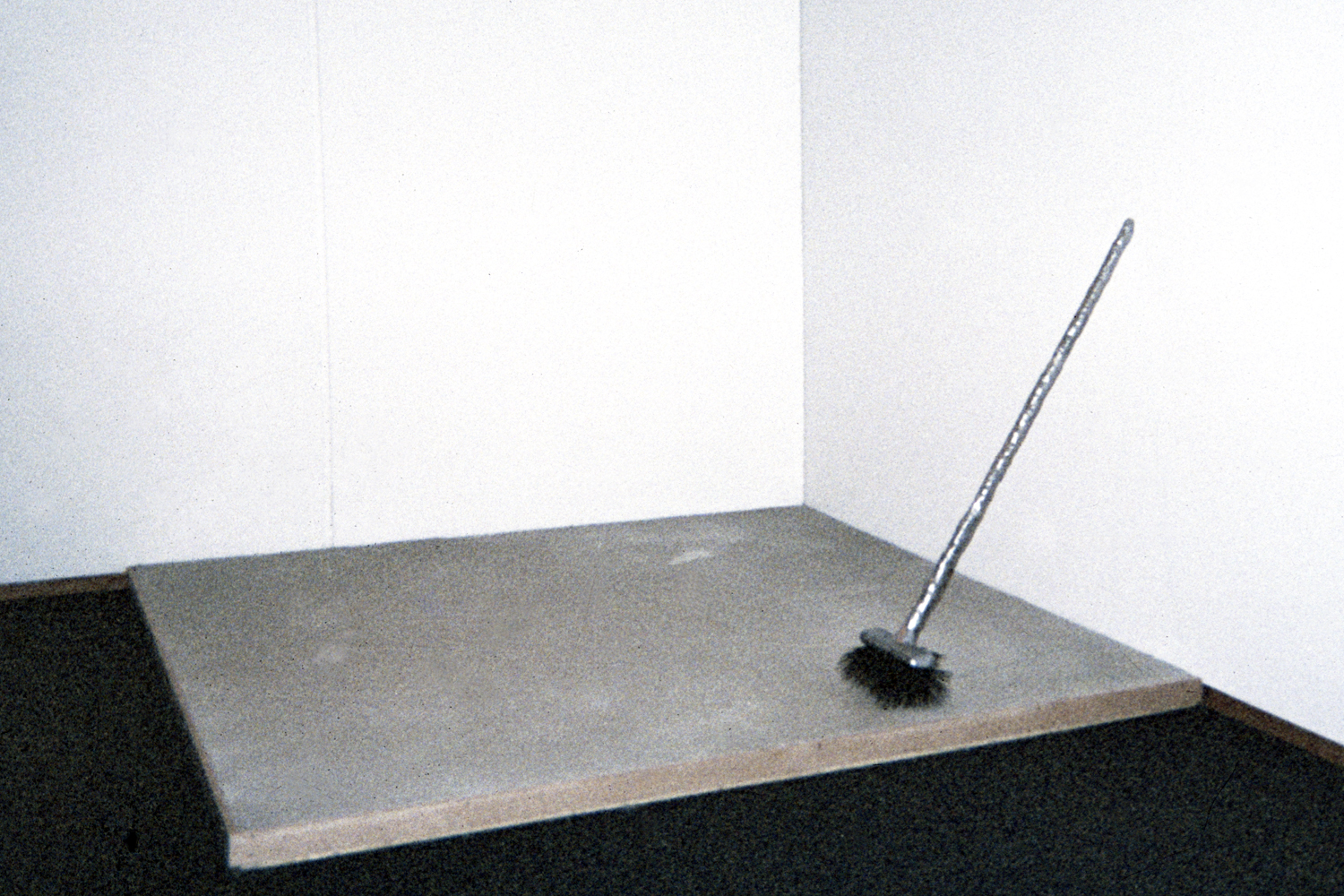
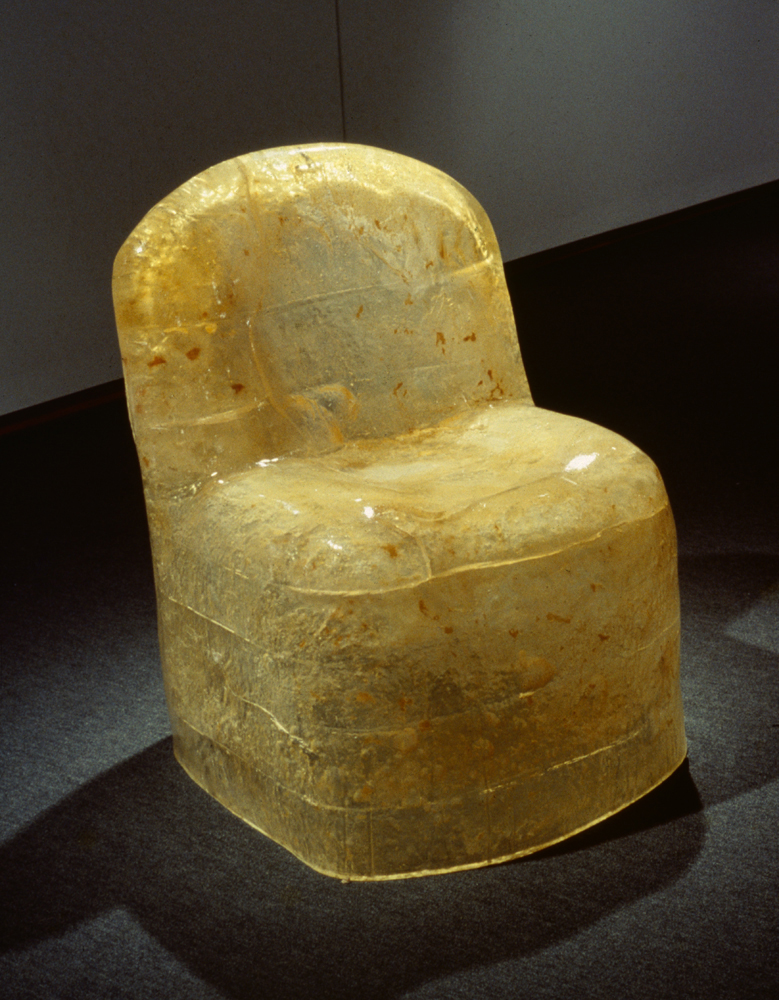

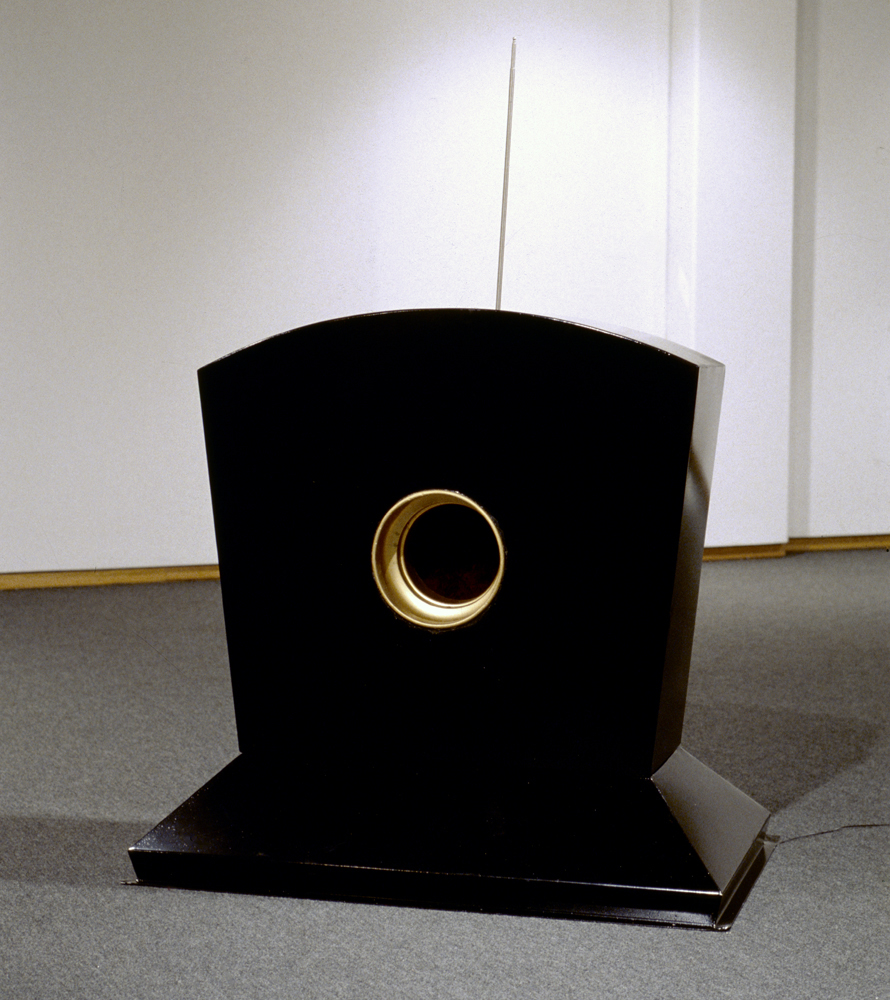
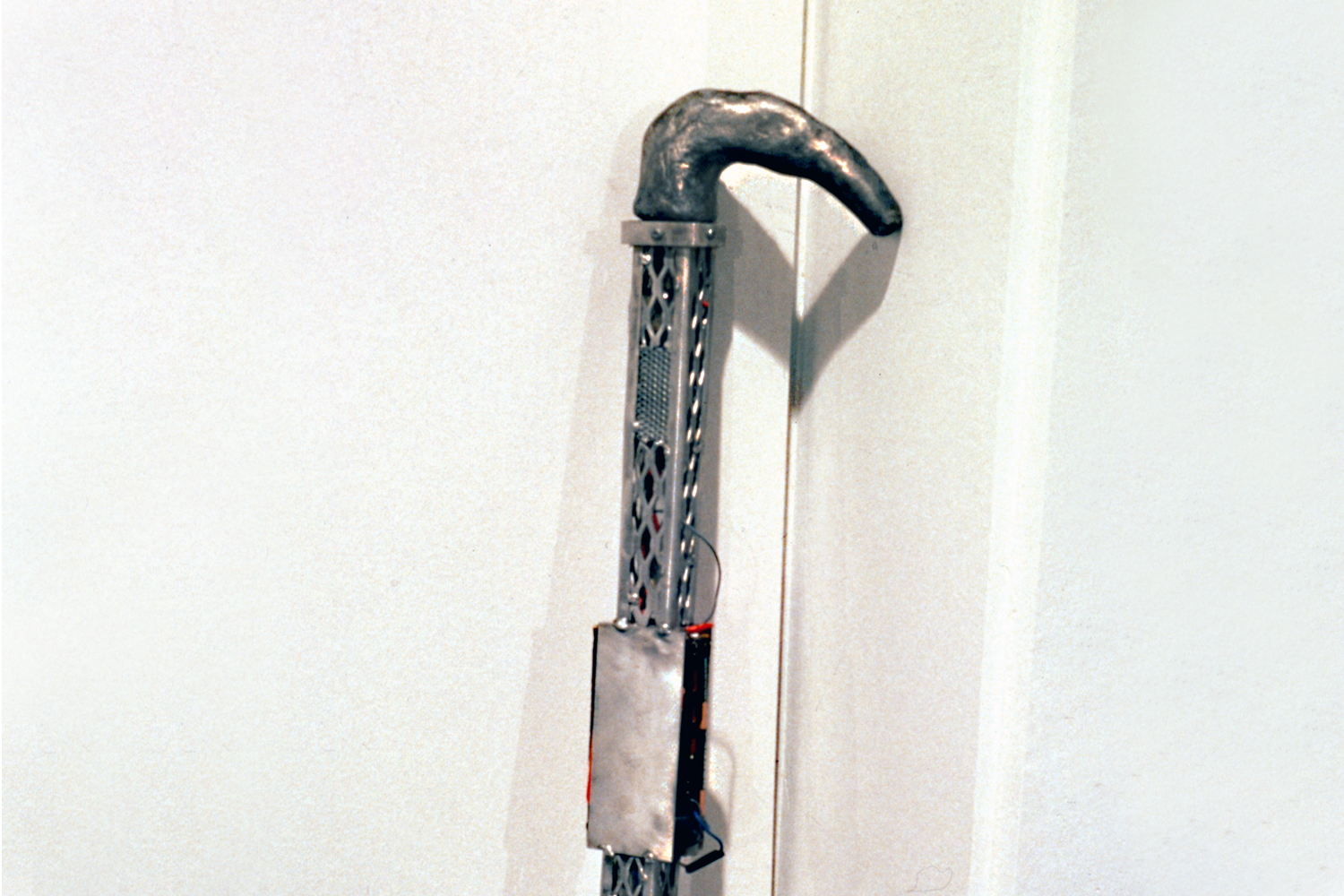
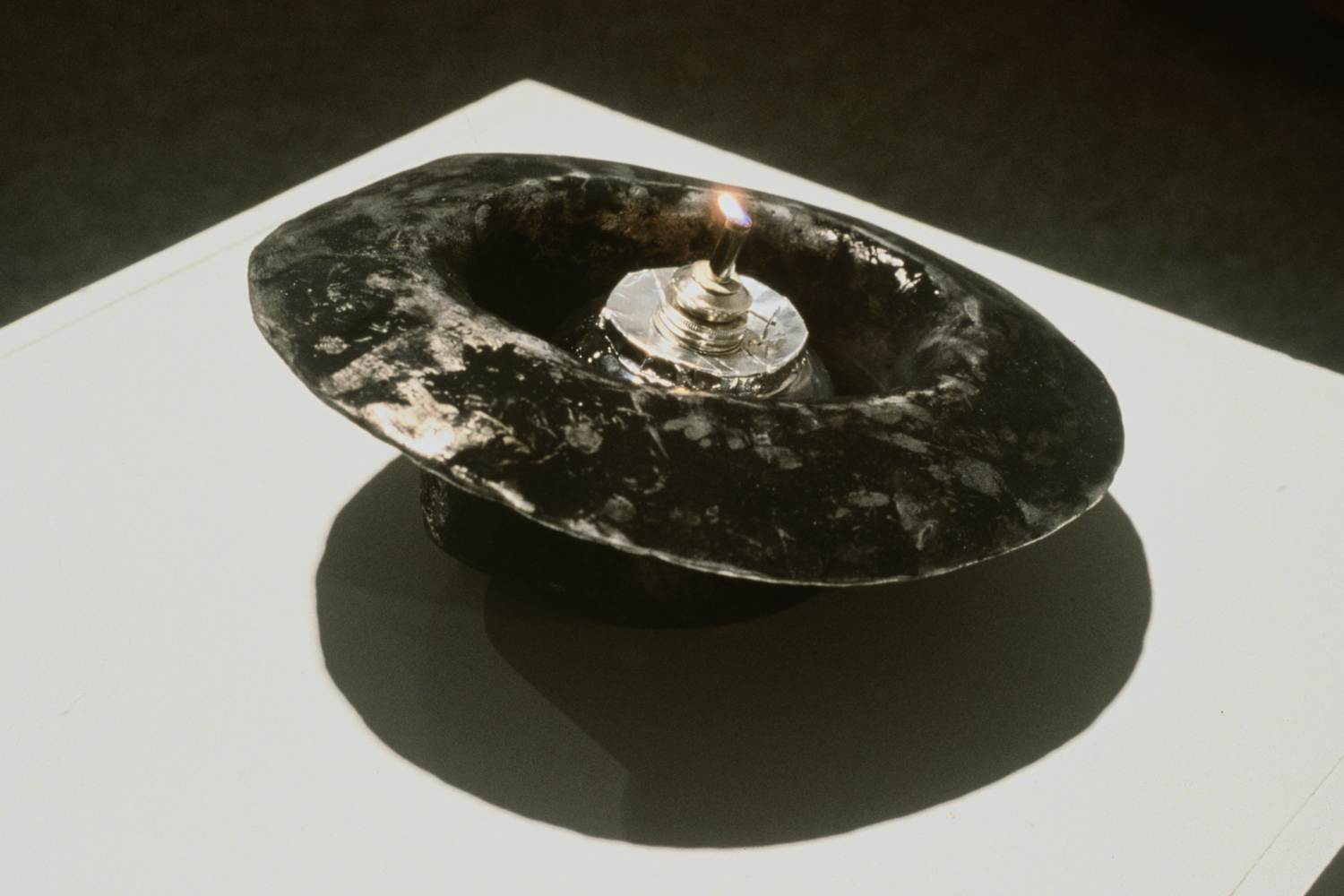
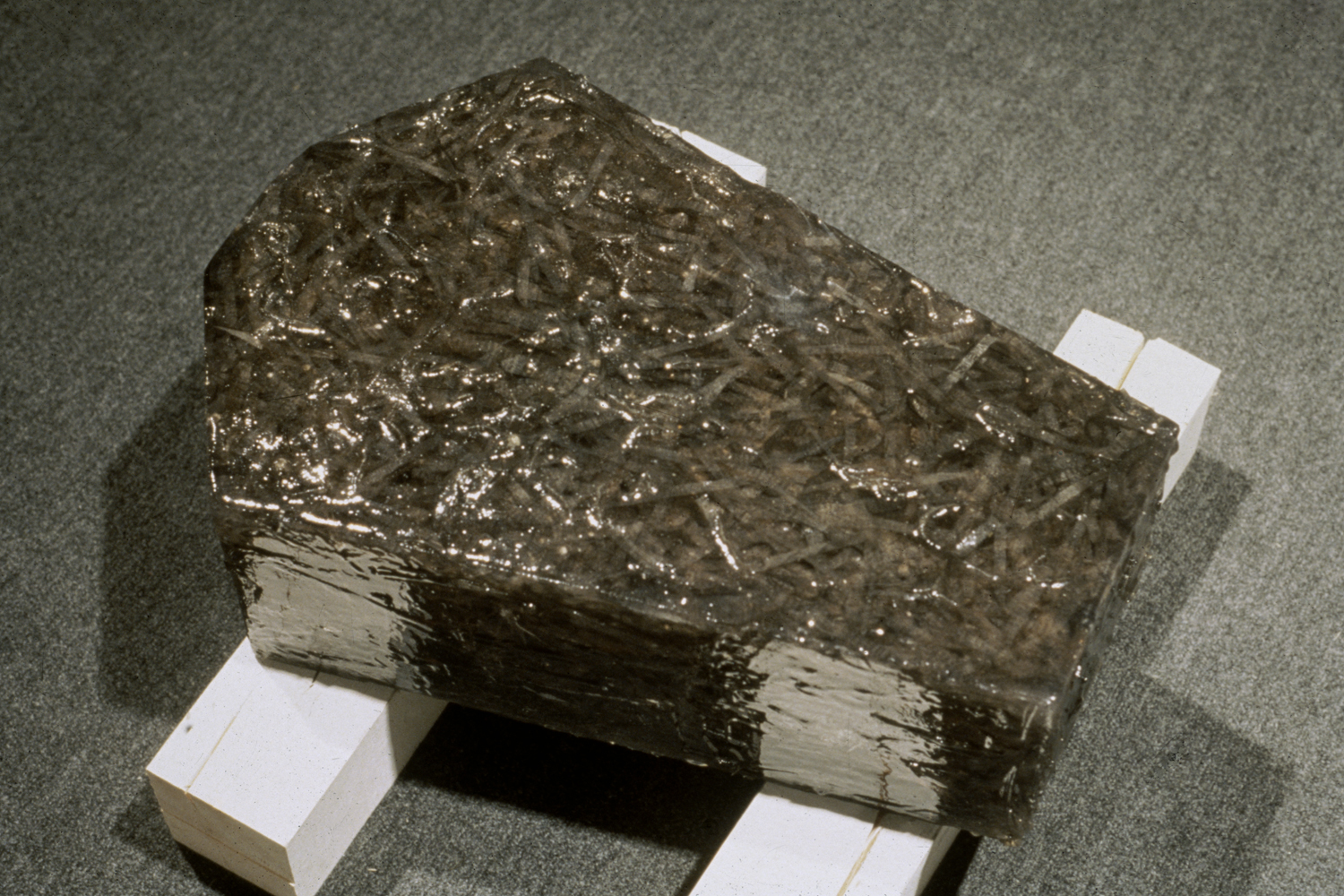
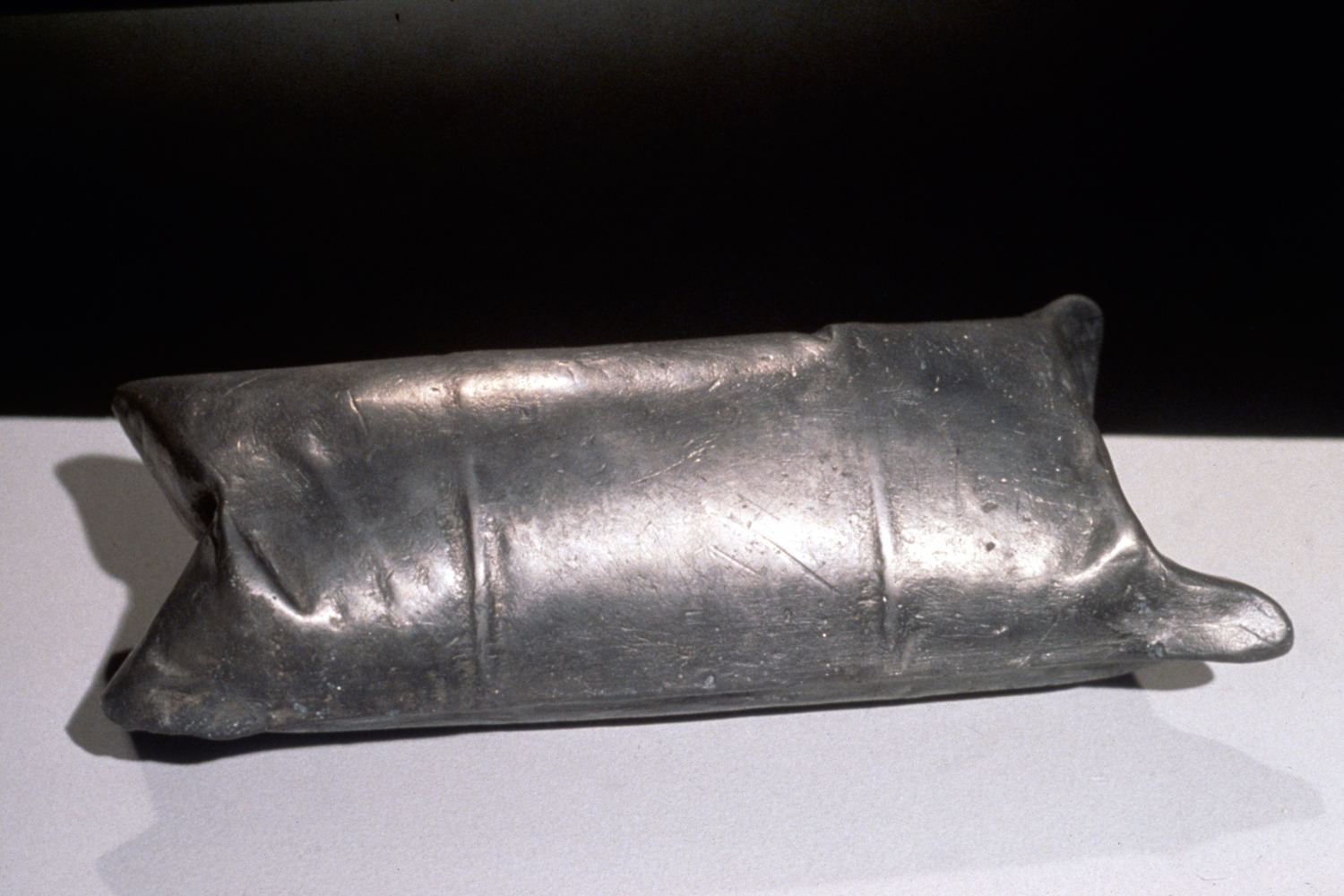
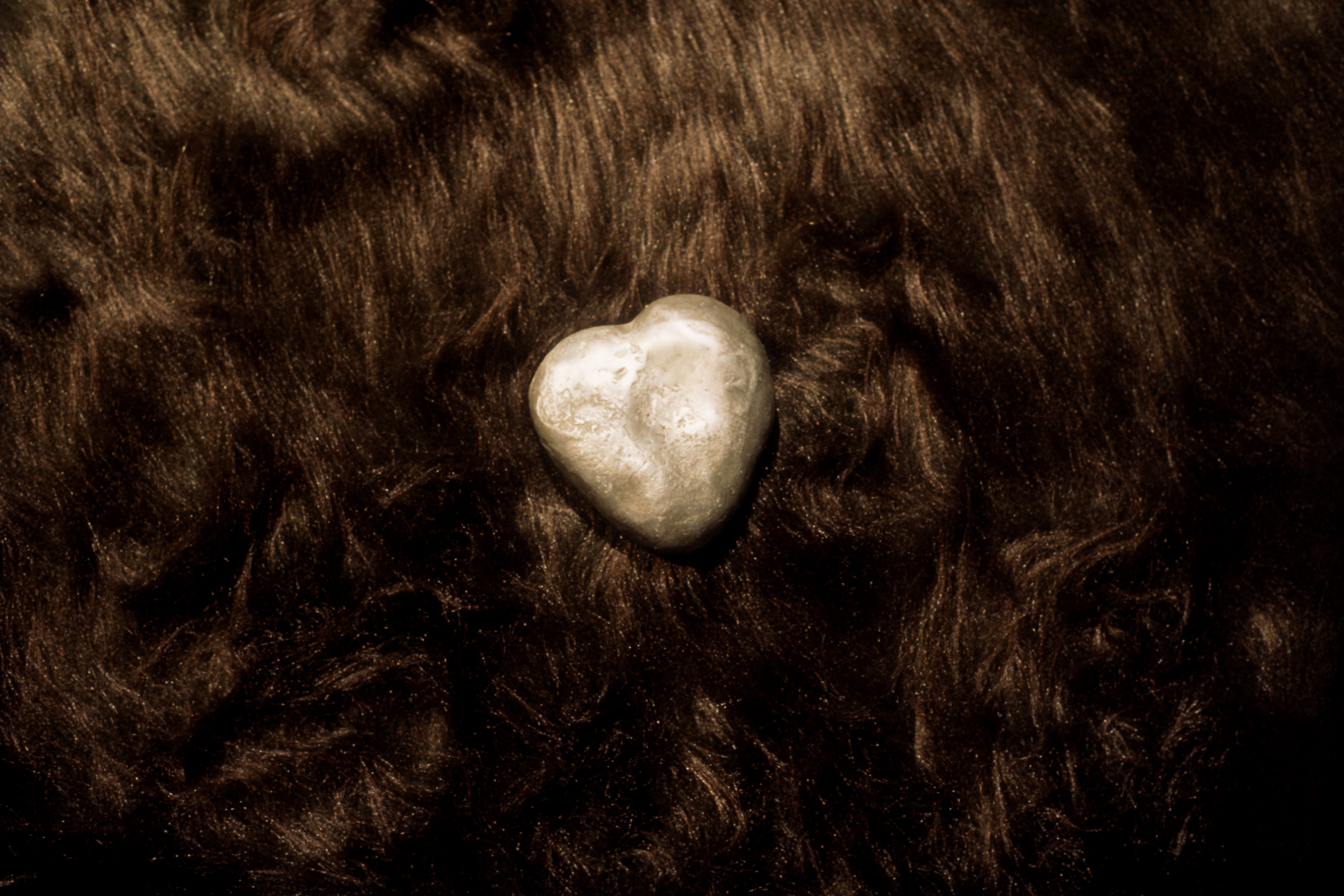
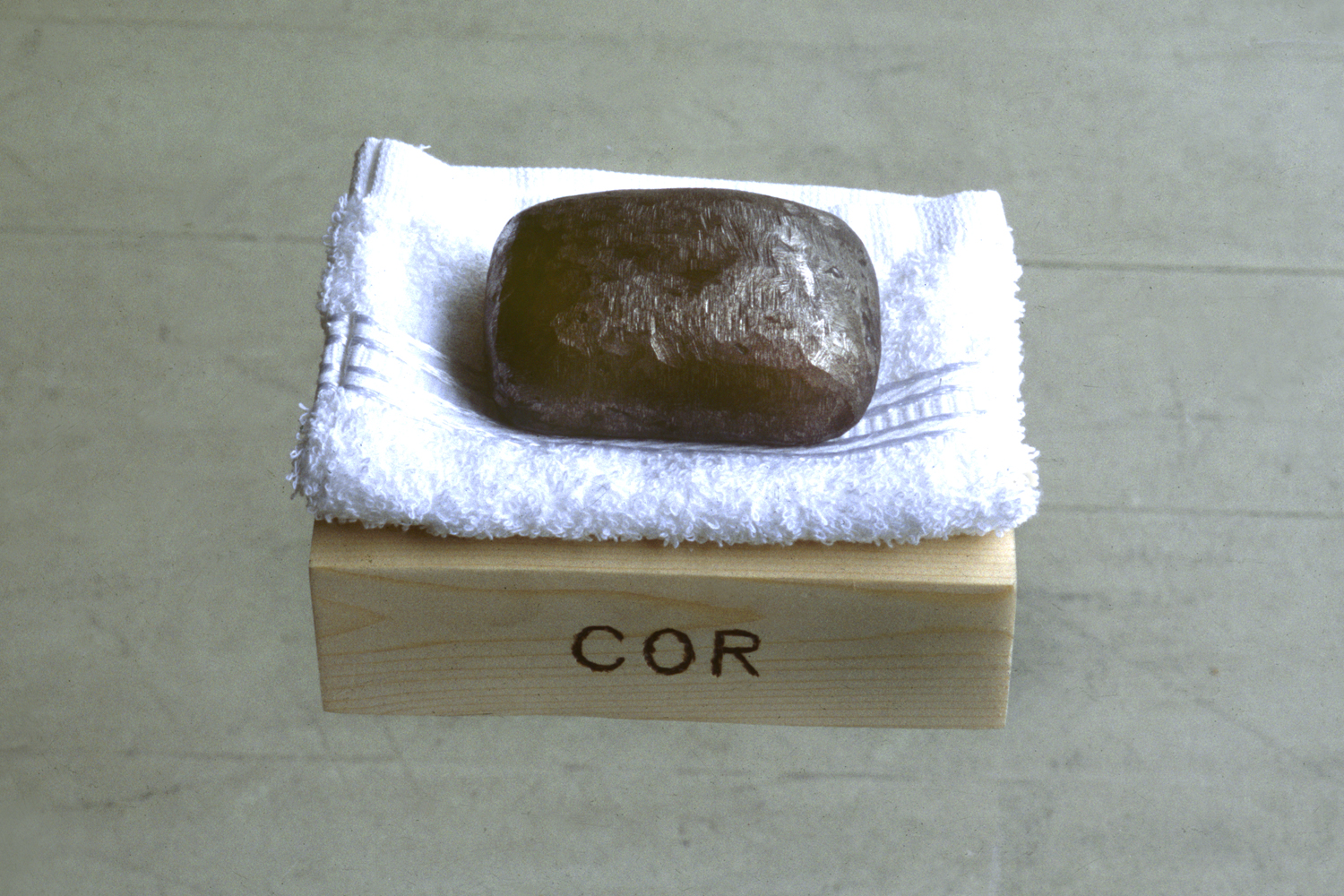
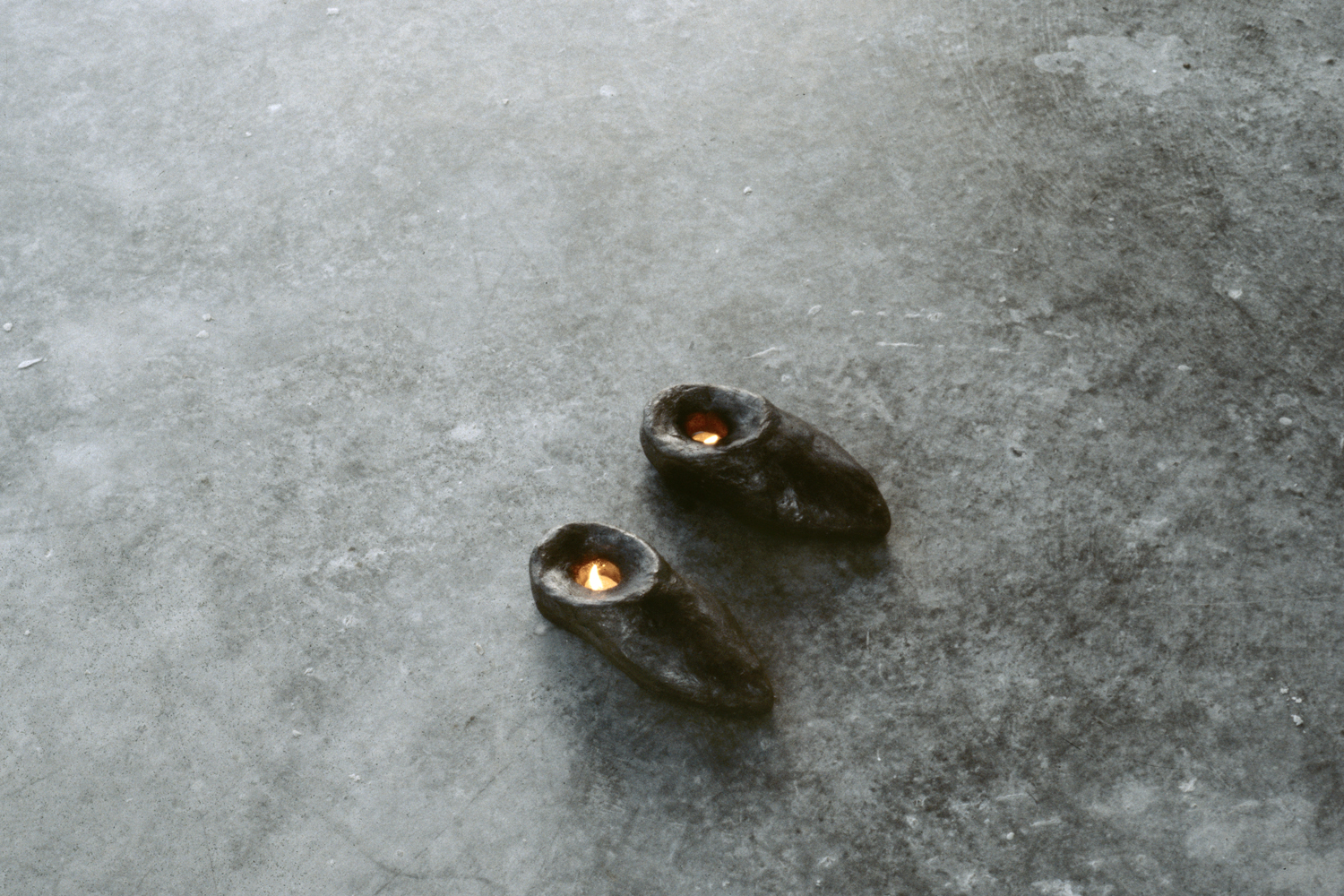
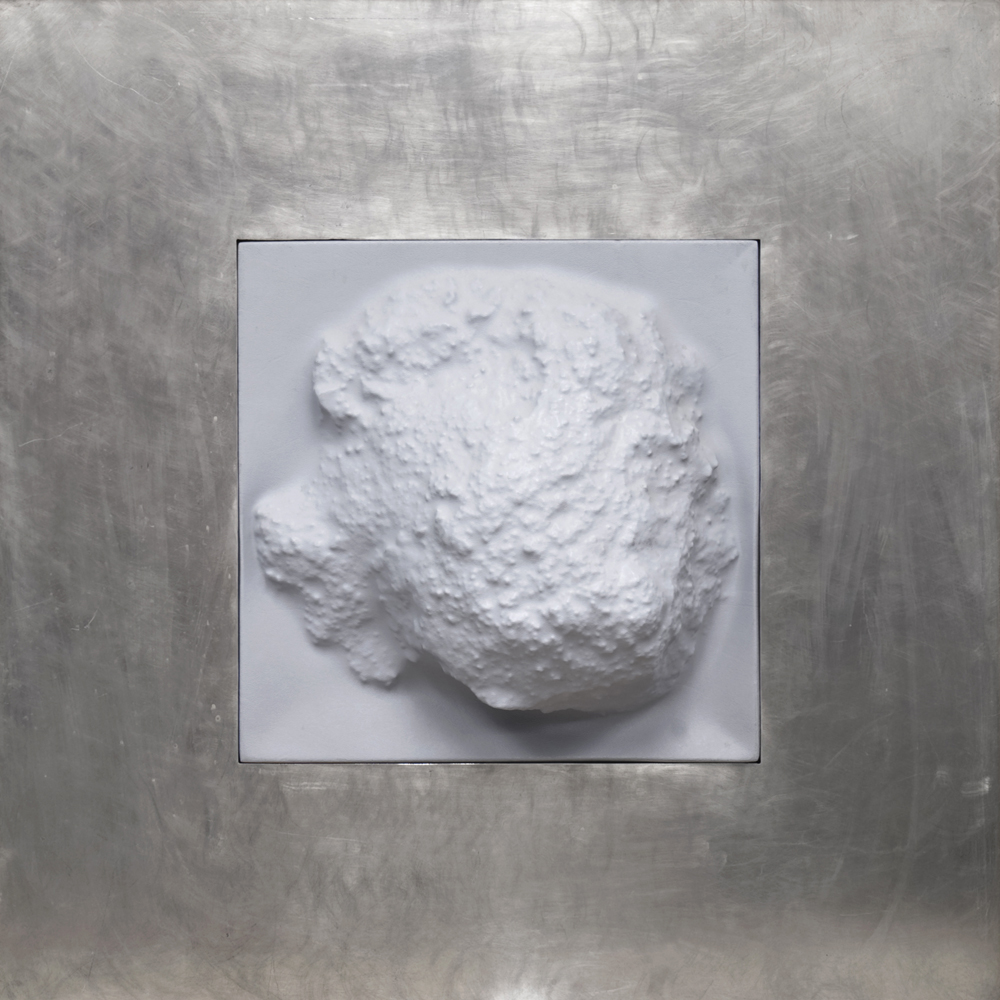
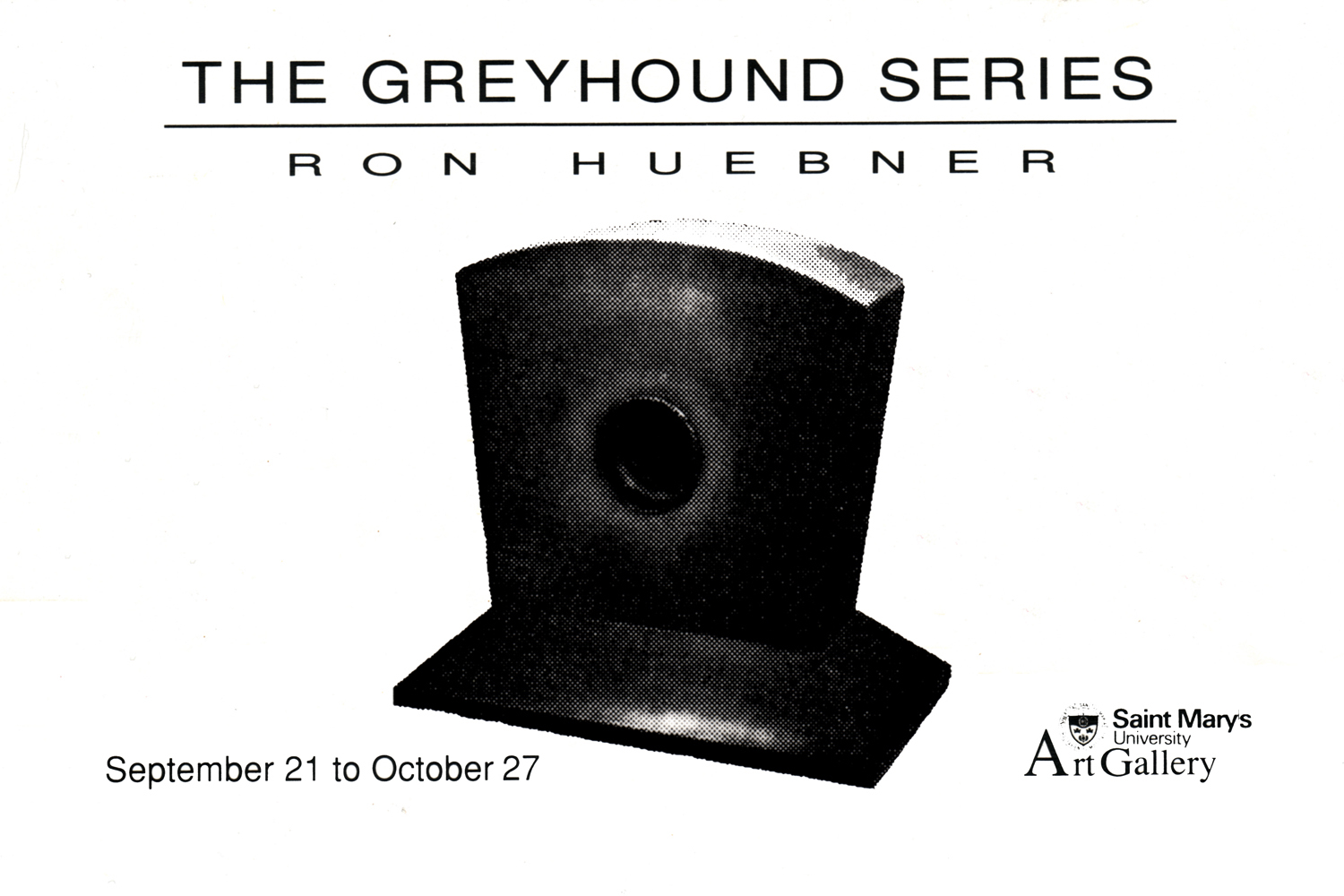
The Greyhound Series
1994
Solo Exhibition - St. Marys University Gallery, Halifax Canada
"A series of traveling objects intended to operate as devices for coming to terms and dealing with the prevailing struggles of everyday life from a basic survivalist perspective. The objects bear a strong resemblance and relationship to commonly used everyday items.” RH
"When asked as to where this journey began, I reflect upon a dream within which I was asked for a recollection of my life as an artist.
"Originating in a tunnel the path eventually led down a long corridor to a bright and smoky chamber where giant shadows lived. In this often sweltering and turbulent environment, comfort was sought in the enclave of a violin. Filing and carving away steadily, the ocean eventually calmed and all of the external acts of scratching and clawing and stroking materialized into form, and inevitably a forum to work from. In the process, I there discovered that the Boulevard of Broken Dreams actually had a service garage with a terminal. As I crossed over these tracks, the conductor signaled and the violin feverishly transformed into a compass.
At that moment a vortex was born and it was possible to travel anywhere. As the Greyhound continued into the past tense, and far into the aftermath I came to realize that those early events and these types of implements significantly aided me in my navigation and way of coming to terms with the world around me.
The wheels spun, as the next pothole was struck and the nature of the form continued to ring. As the road snaked down the valley the conditions changed and the objective and final destination were now unavoidably ‘uncertain’. Faster and faster the salvation Greyhound runs deep into the dark of the night and as he gets nearer to the speed of light, the truth gets blurred and it is not possible to tell the difference between fact and fiction any longer.
The alarm rings... as we awake from the consolation of our dreams, momentarily trapped in a twilight zone we lie in this suspended world trapped inside ourselves, it’s evident the name of the game is navigation." RH
Ron Huebner: The Greyhound Series
Ron Huebner is confirming the necessity of inter-human touch through mind objectified, confirming, if not answering, the big question. The bus, the base, the time-base, the journey, the arrival and the departure again, the continuum. The driver is the timekeeper. On a bus there is precious little rest, but a lot of looking and encountering, experiencing. It appears casual at first: in fact it is rigorous -- and all travelers must be vigilant.If you are to travel far, you must make contact; and the contacts must be meaningful (the necessity to exhibit); your own survival depends upon it. A sense of meaning is more important that a sense of direction. The world is round and, given enough time, all places can be encountered. The destination is finite. But the big questions is infinite, and can only be acknowledged. Who are the travelers? A consciousness in a universe of consciousness.
Ron’s work is compassionate, intelligent, humble and very strong. He is aware of the urgency of time (the mortal howls in a frozen land). No matter how I weave Ron’s work together, stringing piece with piece, regardless of their chronology, the work comes out with the same refrain; it never fails, and it never tires. It is a confirmation of how wonderful and precious life is and yet how hard one must struggle, and what the cost of art really is. Life itself is the cost, and life itself is the reward. A life well-earned is a life well-spent. Ron deals with common humanity. He is not interested in the petty and the trivial. Art need not say or teach anything, or in fact be useful in any way - but it must be meaningful. I do think it is fundamental to the sustenance and survival of human life. It is communion with creation. This is the beginning, the journey and the terminus. Welcome aboard! We have things to share, we have things (experience / expression) in common, and by sharing (showing) we acknowledge the participation in the communion with creation. It is not just a re-enactment of creation; it is taking part in creation. We are in communion with the universe and its unfolding.
It has been said that when Matisse was asked if he believed in God he replied that he did, but only when he was working. People have been sharing their expression of this communion since the beginning of human consciousness. It is essential to human survival. It is certainly not a frivolous activity. Ron’s cultural to the cultural voice is rich and wonderful; and I for one will be forever thankful for his efforts and realizations. A piece that comes to mind, at this point and with these thoughts, is a pair of solid cast-iron forms reminiscent of a pair of sock feet, somewhat like wooden shoes. Where the heel bones would be, there are holes - one for each foot - through the iron to the floor. In these holes, Ron places two rather flat votive candles. This is a strong and meaningful piece of sculpture for me. The weight of the cast iron feet refers to the gravity of a standing human body connected with the earth. In fact, the hole in the cast iron is roughly the size of a cross-section of a femur, and gives the feeling of connection, through gravity, to the center of the earth through the marrow of the leg bones. The heat of the flame and the time of the burning of the flame. The implied passion and vulnerability of the flickering. The protection of the flame by the solidity of the iron, and the warming of the iron by the flames. The warmth left after the flame goes out on the way to cooling. The humility expressed through the size and shaping of the shoes. The profound presence of the object. There is a strength and, at the same time, a vulnerability in these small, almost sentient, shoe-shaped forms. These objects for me are very engaging and complex - and yet so simple. They are a threshold, as well as on a threshold, quietly acknowledging the infinite.
John Greer
